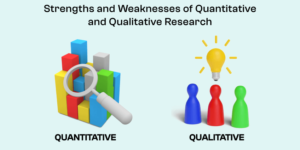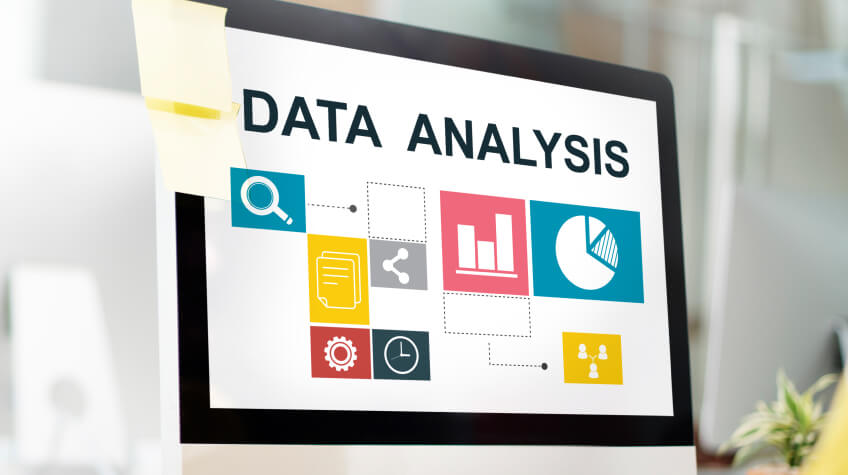
Let’s step into the realm of data analysis methods to unlock a wide range of possibilities for success. Buckle up! This article brings you the top data analysis methods to conduct effective research and uplift an organization’s growth or project development.
As we all know, even a small piece plays a crucial role when it comes to fixing the whole puzzle. In a similar vein, every piece of feedback, survey form, poll answer, questionnaire, etc., is undeniably an important piece of data. All of these can help significantly in the growth of a company, project, and research.
But do you think only data is enough? Obviously, no! Converting them into valuable insights is crucial for their development, isn’t it?
Yeah! Can you perform them without any equipment? No, it’s quite impossible. Thus, embrace these data analysis methods and techniques. Effective data analysis is vital for every sector, industry, and digital platform. Even digital creators need to know the tools and methods used in data analysis.
Introduction
From posting simple images to publishing articles, every creator must analyze, trust their instincts, and be aware of various factors. It includes gender, time, age, geographical tags, content, and others. Every single like and share is their energy booster, so if you want to engage more users, then you ought to be aware of data analysis.
Here, you get a detailed view of the data analysis process and an overview of different data analysis methods with a simple real-time example. Don’t miss it; check them to know how data and analysis methods are significant in every field.
Without further delay, let’s dive in to embrace success in enormous fields and become a pro in analyzing data.
Table of Contents
- Process of Data Analysis
- Requirement Gathering
- Collecting Data
- Data Clearing
- Data Analysis
- Data Interpretation
- Data Visualization
- BEST DATA ANALYSIS METHODS
Process of Data Analysis
Before stepping into the fascinating world of data analysis methods, let’s discuss the basic process of data analysis.
Requirement Gathering
The first and foremost step in the data analysis process is requirement gathering. It is important to ensure that you have answers to certain questions before proceeding with your analysis. These questions include why you are conducting this analysis, what type of data you require, and which specific piece of data is included in your analysis plan.
During the process of gathering requirements, analysts must ensure that they collect information that is relevant to their needs.
Collecting Data
Once you finalize the requirements of the data, you need to utilize various sources to collect data. It can be from case studies, questionnaires, direct observation, surveys, interviews, focus groups, and others. That’s it; now organize everything in order to make it easy for the next step.
Data Clearing
Data clearing is one of the important methods in the process of data analysis. So far, you have gathered data according to your needs; there is still a chance for irrelevant information. It’s time to clear them up. Following data clearing is a mandatory step prior to analysis; thus, check it without fail.
Data clearing helps to get rid of duplicate records, basic errors, and white spaces.
Once these steps are done, now comes the most significant step, i.e., data analysis.
Data Analysis
Experts use a wide range of tools like R, Excel, Python, Looker, Microsoft Power BI, Redash, Metabase, etc., for data analysis. With the help of these tools and software, you can analyze the gathered information and get effective outcomes.
Data Interpretation
Certainly, the tools and software yield some results. It is important to thoroughly examine and understand the factors at hand in order to develop effective and personalized strategies. Data interpretation is crucial in both business and measuring growth on digital platforms. So follow it to come up with the best course of action.
Data Visualization
From the name, you get some idea about this step. Yes! Visualizing data in various forms, like graphs, charts, maps, bullet points, etc., helps you understand it better. Moreover, the pictorial representation of datasets assists you in comparing easily and gives you a clear view of insights.
BEST DATA ANALYSIS METHODS
Hope you understand the fundamentals and process of data analysis. Now, let’s take a glance at some data analysis methods that give outstanding results.
1. Regression Analysis
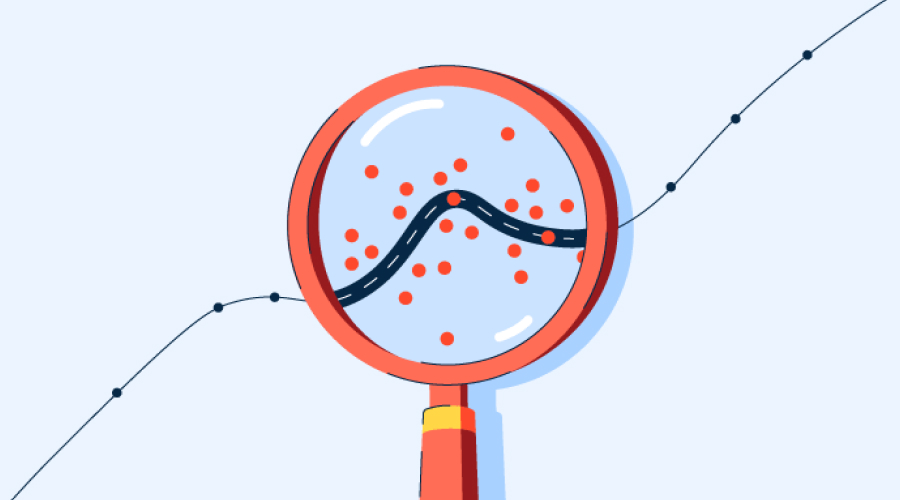
Source:- learn.g2.com
Regression analysis is a statistical technique used to estimate the relationship between a dependent variable and one or more independent variables. Regression analysis encompasses several types, with notable examples including linear regression, multi-linear regression, simple linear regression, and logistic regression.
This is a powerful data analysis method that allows you to confidently determine the result and work on it. Know that analyzing data may seem a daunting task, especially when it comes to unpredictable factors. However, regression analysis makes it a breeze for all. It is, in fact, one of the best ways to get successful results.
This method is used in forecasting and time series modeling according to fields. For example, it helps to predict stock prices and examine the relationship between a company’s revenue and its market value.
2. Descriptive Statistics
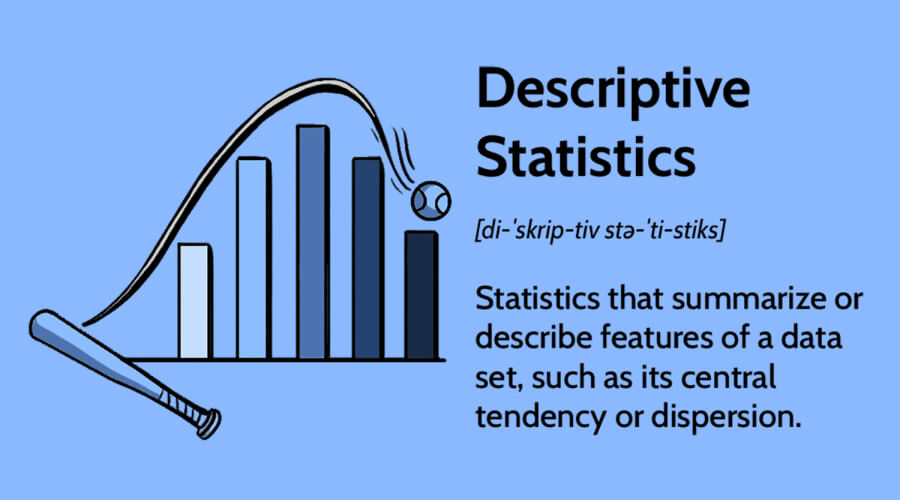
Source:- investopedia.com
Descriptive statistics is yet another one of the most significant data analysis methods. It summarizes the data through measures like mean, median, mode, standard deviation, and variance.
This data analysis method enables you to extract information about variables in datasets, providing a comprehensive understanding of the user’s intention. Additionally, it emphasizes the potential relationship between variables.
In addition, the data is presented in visual formats such as graphs and images, making it simple to draw conclusions. As is commonly understood, summarising data involves presenting collected research data in a meaningful and concise manner. In that instance, descriptive analysis can be a highly effective method for analyzing data and reaching the most accurate conclusion.
3. Time Series Analysis
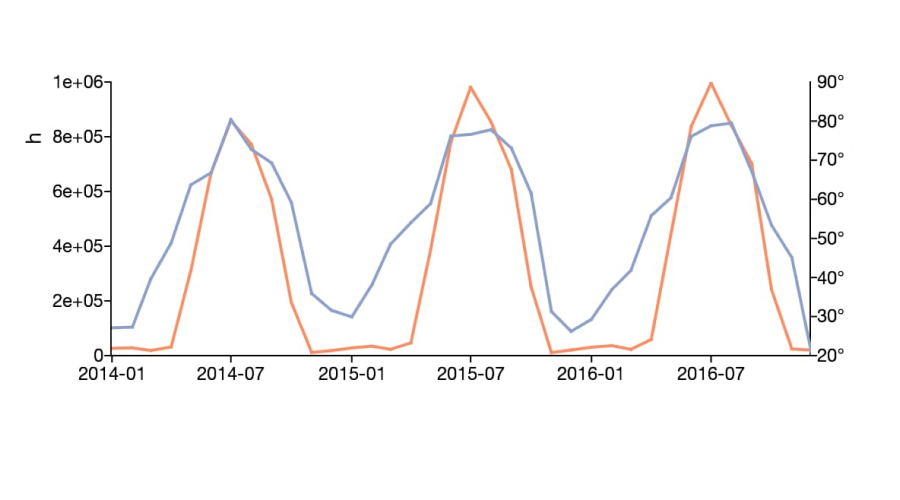
Source:- aptech.com
As the name says, Time series analysis provides a comprehensive understanding of the evolving trends or patterns in various sectors, such as business, over a specific period of time. You can witness the evolution of assets, security, or economic variables according to time.
Time Series Analysis is not only suitable for professionals, researchers, and businessmen but also useful in personal life. It helps to identify the evolution of the latest trends over a period, etc.
The four important components of time series analysis are secular trends, seasonal variations, cyclical fluctuations, and irregular variations. This data analysis method turns the raw data into insights. These insights are further utilized for the organization’s growth and to elevate overall performance.
Imagine when you have all the potential resources to succeed in business, but you predict the wrong time to invest. How will it be? Can you obtain the number one position? Definitely not!
So what shall you do in such a situation?
Of course, utilizing the best data analysis methods and resources at the right time can help you significantly.
4. Cluster Analysis
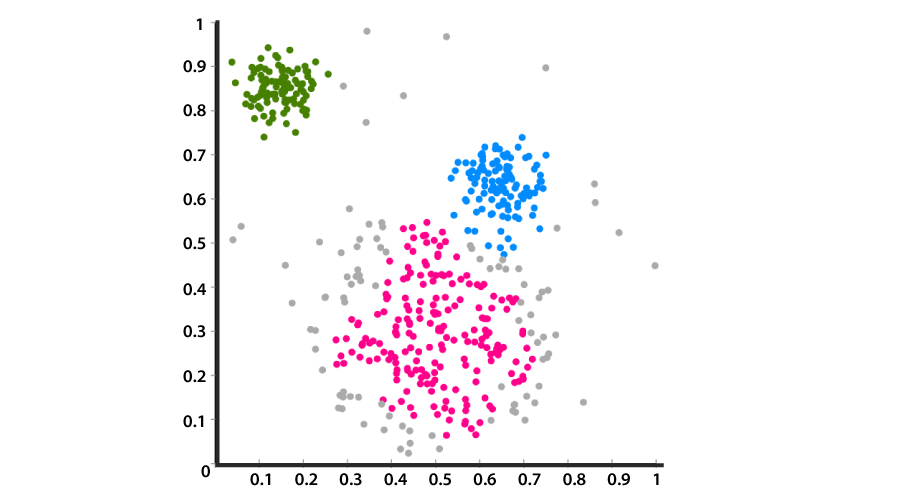
Source:- byjus.com
Whether you are a service provider or a businessman, knowing the customer’s demand is an essential thing to witnessing success. In that instance, you must choose excellent data analysis methods, i.e., cluster analysis.
Yes, it collects the raw data to group them into clusters based on a particular factor. For example, in a business, you can segregate the group of customers on the basis of gender, age group, and locality. Utilizing such effective data analysis methods in research uplifts your business and helps you reach the targeted audience in a short period of time.
From the overall analysis, you can identify patterns and relationships. It is the most flexible and scalable data analysis method. Thus, you can draw meaningful insights from it and lead the business or your projects on the right path.
5. Exploratory Data Analysis (EDA)
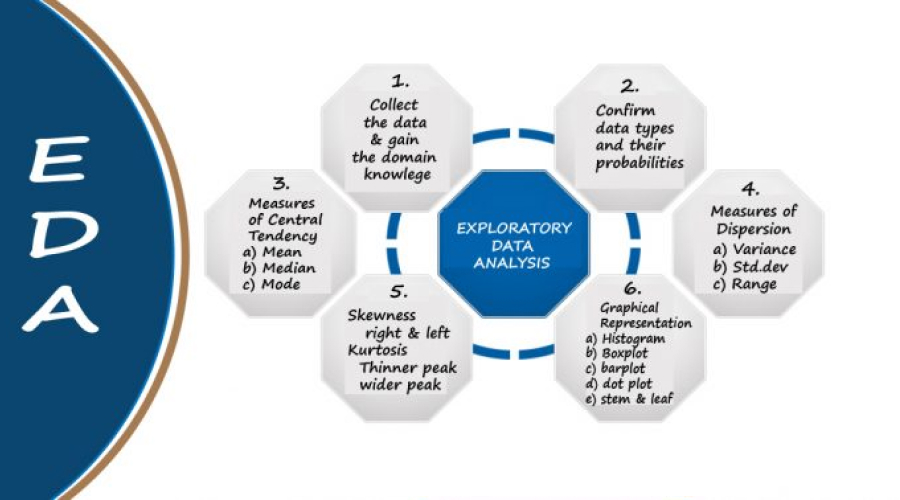
Source:- excelr.com
EDA is one of the most popular data analysis methods. Do you believe your instincts often? Especially in business investments? Then, the EDA data analysis method is exclusively for you.
Yeah! It gives you relevant information about previous datasets, which helps you make decisions before investing in any medium. Getting an idea of the general patterns of evolving datasets gives a clear vision of predictions and relevant outcomes.
In addition to investments, Exploratory Data Analysis can help predict customer behaviour and mindset. Making accurate decisions when making large purchases is beneficial. Based on this, it can be inferred that exploratory data analysis (EDA) plays a vital role in business analysis. Moreover, this data analysis method has the potential to greatly benefit various sectors and guide them towards achieving success.
6. Factor Analysis
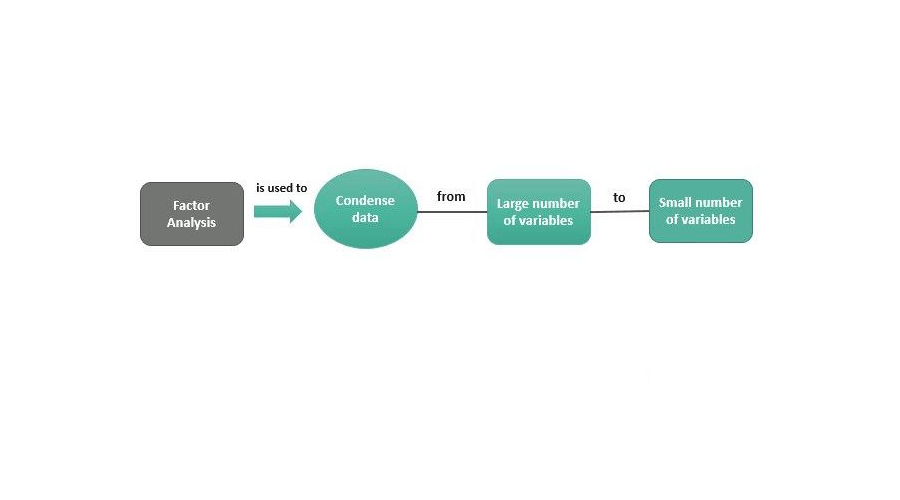
Source:- wallstreetmojo.com
It is the statistical data analysis method. It helps adjust many variables into a few. This means that this method is used to sort out the reasonable factors into particular groups. Here is an example to explain factor analysis:
For instance, you want to measure customer satisfaction. In that condition, you must gather details and analyze the answers from various groups. You will come across diverse answers; with the majority, minority, and average results. Of course, utilizing your data as it is can complicate things for you. However, using the factor analysis method can help you. You can classify all of your data into groups.
The overall result summary provides clear insights about what and where to focus and improvise. Having clarity on data and areas to improvise can undeniably help businesses to make better business decisions. Thus, businesses can use factor analysis to see visible results and reach heights in their field.
7. Sentiment Analysis
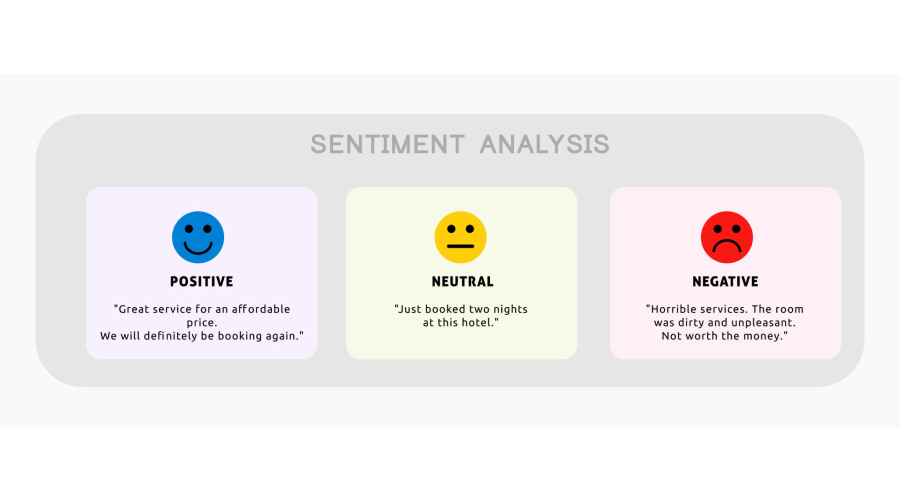
Source:- expressanalytics.com
Sentiment analysis, popularly known as opinion mining, is yet another popular data analysis method. It is a Natural Language Processing technique used in data analysis. It plays a vital role in determining the customer’s or user’s true intention behind an emoji or tone of text. More often than not, sentiment analysis is used for effective data analysis.
If you’re looking for ways to succeed on social media platforms, then you must be aware of this technique. Yes, sensitive data analysis is as important as harnessing the power of social media platforms in the digital world.
You have the freedom to handle negative comments and ratings in a professional manner, as well as respond with gratitude to positive comments. In addition to social media, sentiment analysis holds great importance for service providers, product sellers, designers, and other professionals.
8. Monte Carlo Simulation
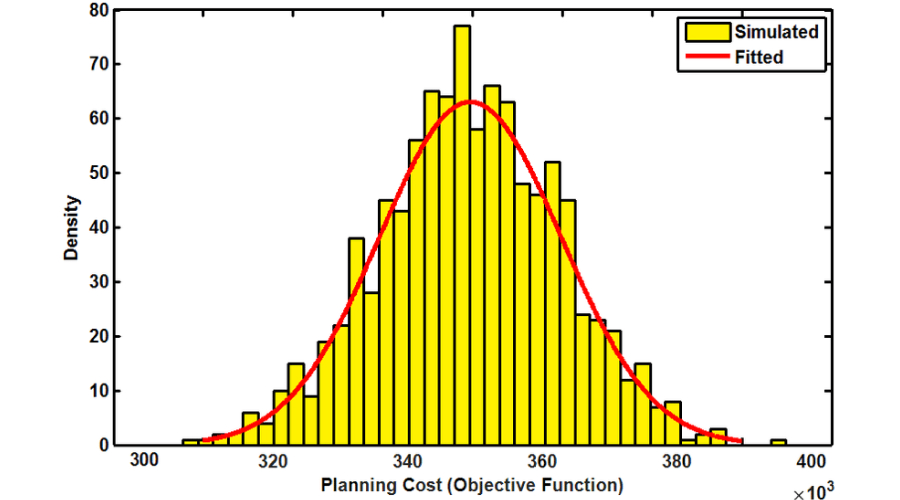
Source:- researchgate.net
Another beneficial and standard data analysis method is the Monte Carlo Simulation. This is a mathematical technique that can predict possible solutions for an uncertain event. In general, Monte Carlo Simulation follows the probability of different outcomes for a present variable.
One of the simplest examples is rolling a dice. And in real-time, you prefer to estimate the final outcome of the new product in the first month. On the other hand, you can determine the possible results from the large random data samples.
You can pick variables and determine a relevant probability distribution for every random variable. Perform many iterations of the simulation to get the outcome. Hence, utilize these data analysis methods and techniques to predict future results by analyzing past data.
9. Inferential Analysis
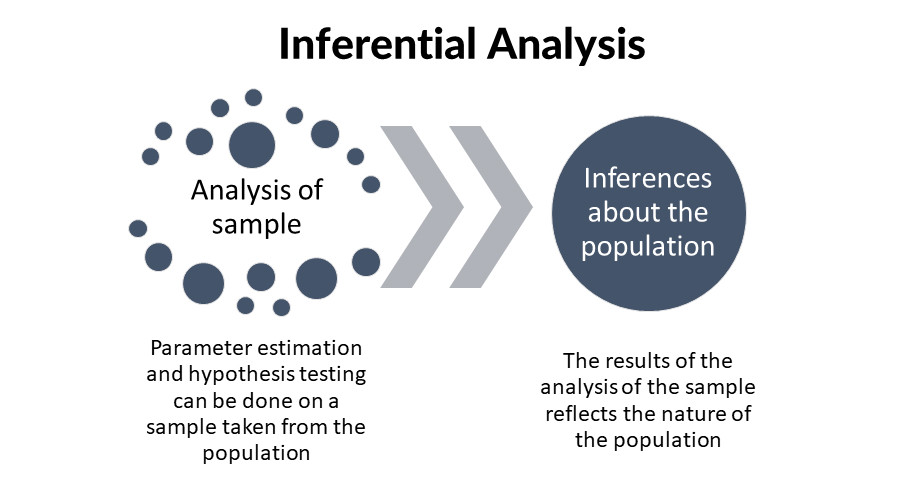
Source:- lido.app
Inferential analysis belongs to the quantitative analysis family. Among the data analysis methods, Inferential is a highly used tool when it comes to estimating populations and testing hypotheses. From considering data to making predictions over it, this efficient analysis method offers you several benefits over a larger population.
In research, inferential data analysis methods assist analysts in approaching and developing strategies for large populations. Additionally, with its assistance, you can propose an explanation for a given situation or phenomenon. Without hesitation, you can use it to analyze large datasets and draw conclusions, specifically by generalizing information.
In addition, drawing conclusions from larger samples within a group can help you save energy, time, and resources. Therefore, individuals seeking to analyze datasets can confidently choose this method to obtain relevant results.
10. Thematic Analysis
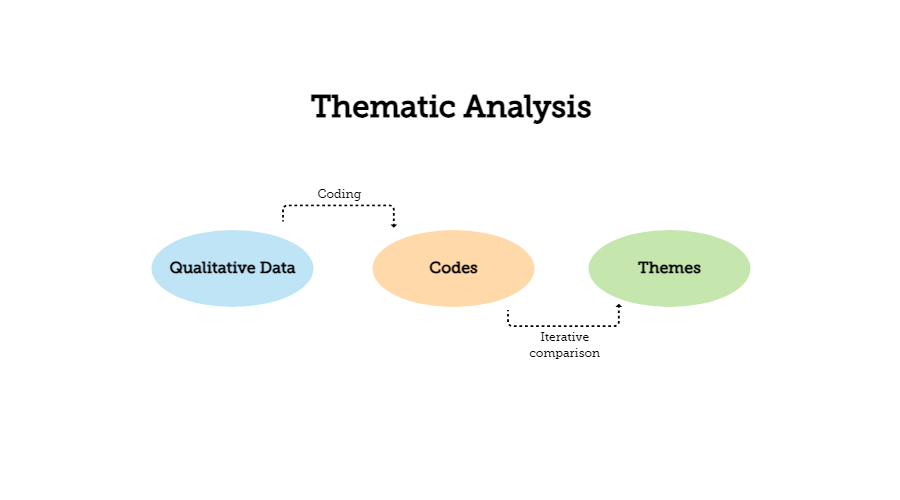
Source:- mindthegraph.com
Last on our list is Thematic analysis. Thematic analysis is one of the best data analysis methods to ensure patterns in data. It analyzes the qualitative data to identify and understand the themes. By following these steps, you can effectively perform Thematic Analysis.
For familiarization, you need to transcribe the data, read and re-read the data, and note initial ideas. In the second phase, you’ll look for themes in the codes, i.e., searching for codes or themes. Next, review and finalize themes to generate final reporting. These are the five simple steps to doing thematic analysis.
Here is an example of how you can utilize thematic analysis:
Suppose you own a tech company and want to know how satisfied your customers are with your services. In that condition, you can consider conducting market research to learn about customer satisfaction. You can collect textual data that helps analyze the performance of your organization.
Try it and get the best results while analyzing a large group of data.
Also Read: Advanced Techniques of Scatter Chart: In-Depth Data Analysis
Takeaway
As the final note on data analysis methods, ensure that you understand every method in the analysis to execute it properly. These data analysis methods and techniques play a huge role not only in business but also in life and the daily routine.
Yes, from reading news articles to working as an expert in professional life, everyone requires knowledge about data. So, elevate your logical thinking by executing these data analysis methods in real life. In addition, enhance your business through valuable insights from data analysis.
Data analysis is an ever-evolving journey, so keep track of the insights to be a trendsetter and perfect decision-maker.






